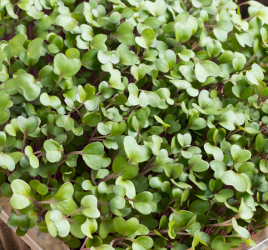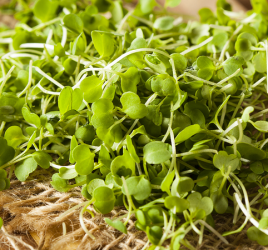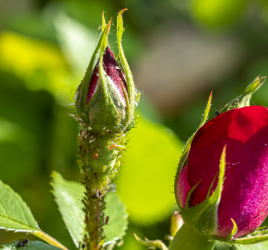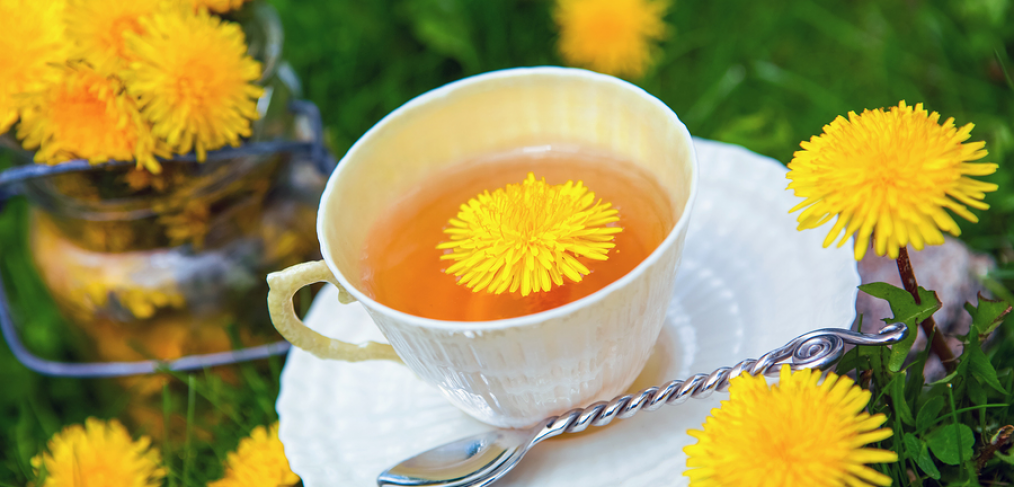
15 Beneficial Weeds to Harvest from Your Backyard
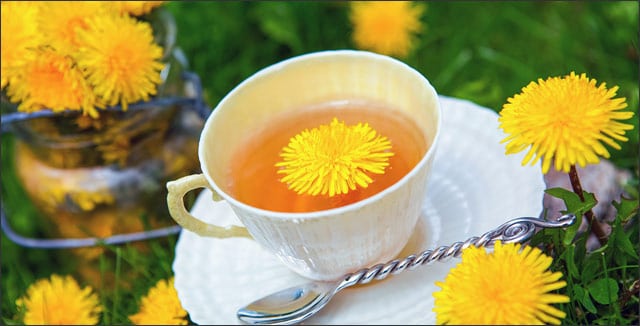
Did you know that you may have beneficial weeds growing in your backyard? Some of the most commonly found and pesky weeds in your lawn can be made into teas, tinctures, salads, and more.
Many of these weeds are high in vitamins and minerals, and some of them also have healing properties. Let’s dig in!
15 Beneficial Weeds from Your Backyard
Dandelion
Who hasn’t battled dandelions overtaking their lawn?
These beneficial weeds are entirely edible, from the flower to root, and very nutritious – more than even kale or spinach.
Just half a cup of dandelion greens has more calcium than a cup of milk. The greens are rich in vitamins C, A and K and high in potassium, iron, magnesium & zinc.
You can harvest the greens for salads and soups, and you can make dandelion tea or dandelion wine with the flowers and stems. You can also collect dandelion root to roast and make coffee.
In addition, dandelion makes an excellent natural dye, a pain relieving oil or salve or wart remover.
Burdock
Has your dog ever come in covered in prickly balls? It’s probably part of the burdock plant, which grows clusters of purple thistles.
The plant has large, broad leaves that grow on long stalks. It looks like rhubarb and is often confused for rhubarb. That’s because it’s wild rhubarb.
However, burdock stems are not solid like rhubarb. Burdock root is rich in calcium, amino acids, potassium, vitamins A, C, B1, K, folate, minerals, iron, magnesium, and phosphorous. The Japanese use this root for many dishes. In Japanese, it’s called Gobo.
Burdock can be dried and has been used by herbalists as a diuretic, diaphoretic (induces sweating) and blood purifier.
In addition, it has been used to treat a long list of ailments including
- Baldness
- Rheumatoid arthritis
- Various skin ailments including poison ivy and oak
- Sore throat
- Acne
Burn care workers use burdock leaves for pain management and to speed up healing, as well as to ease dressing changes and provide a moisture barrier.
Plantain
This isn’t the banana-like plant you can find made into chips, but a common backyard weed that grows low to the ground.
Plantain sprouts several long, thin stalks. Native Americans called this plant “white man’s foot” because of how they noticed that it grew wherever the white men went.
These weeds have powerful antiseptic properties, and they can significantly reduce the pain and itching of bug bites and poison ivy.
Additionally, you can use it to make a tea as it is rich in calcium, magnesium, manganese, iron, and sulfur.
White Clover
White clover is a ground cover, and all parts of it are edible. It grows where nitrogen in the soil is lacking, and it can help to fertilize garden soil.
You can use it to make tinctures, teas, and salves, and it makes an excellent eyewash.
Queen Anne’s Lace
You may know that Queen Anne’s Lace belongs to the carrot family. Its roots can be harvested and eaten just like carrots. Its leaves can be used for tincture or poultice as it has antibacterial properties.
Goldenrod
Not only do pollinators love this stuff, but goldenrod tea can be used to treat urinary tract infections and inflammation.
Milk Thistle
All parts, other than the thistle parts, of this plant are edible.
The stalks, leaves, roots, and flowers are tasty raw or cooked and make an excellent spinach substitute.
Thistle tea or juice is considered a healing herb, and the roots can be roasted to use as a coffee substitute.
Stinging Nettles
This scratchy weed is more than just a painful plant to remove from your yard! Nettle tea helps to detoxify your system and is soothing for your skin.
Only make tea from plants that haven’t flowered or gone to seed.
Mullein
You will know this plant by its fuzzy silvery green leaves and bright yellow flowers.
The leaves fresh or dry can be used for tea, infused oil or tincture. It works as an expectorant, so it’s especially helpful if you have a cold or a cough.
Yarrow
Yarrow looks a lot like Queen Anne’s Lace. However, it’s actually in the sunflower family.
Native Americans used Yarrow for swelling, bruises, and sprains in a poultice.
You can chew it as a digestive aid or do like the Indians and use it to induce sweating to lower a fever naturally.
If you have all of these, combine with echinacea, ginger elderflower, and peppermint for a powerful swelling reducer. Yarrow tea may also help with seasonal allergies.
Chicory
You might think of these as cornflowers, although there are a couple of different blue-flowered plants called cornflowers.
Chicory can be found at the edges of parking lots and fields. Its roots can be ground and used as a coffee substitute. In addition, it’s also used as a tonic for an upset stomach or to ease digestion.
Chickweed
This plant may even go unnoticed because of how small it is. It’s a creeping plant with tiny white flowers. You may find it along the road.
Chickweed is very high in vitamin C and also has vitamins A, D and B, potassium, iron, and calcium.
You can make a salve with it to treat acne, eczema, rashes, cuts, and burns.
Lambs Quarters
Lambs quarters has been called “wild spinach,” and it can be eaten raw in salads or cooked.
Additionally, lambs quarters are high in calcium, manganese, phosphorus, and nitrogen. The plant has deep roots that can help loosen the soil.
Yellow Sorrel
You may think of yellow sorrel as clover and may have eaten some as a kid as I did.
Yellow sorrel leaves look like clover, and it has a lemony flavor that can pack a punch in salads.
Use it in a poultice to treat insect bites, burns, or other skin problems.
Curly Dock
Curly dock leaves look a bit like dandelion leaves, and they’re also very rich in vitamin C.,
However, curly dock grows to be quite a bit bigger than dandelions. They are also high in beta-carotene and zinc. Roast its seeds for a good hot drink!
Bringing it Home
Exploring your backyard for beneficial weeds you can use is fun and rewarding.
However, make sure you aren’t using something that has been sprayed with pesticides, herbicides, or fertilizers. In addition, use caution! Make sure you are correctly identifying what you are eating to avoid eating something poisonous.

